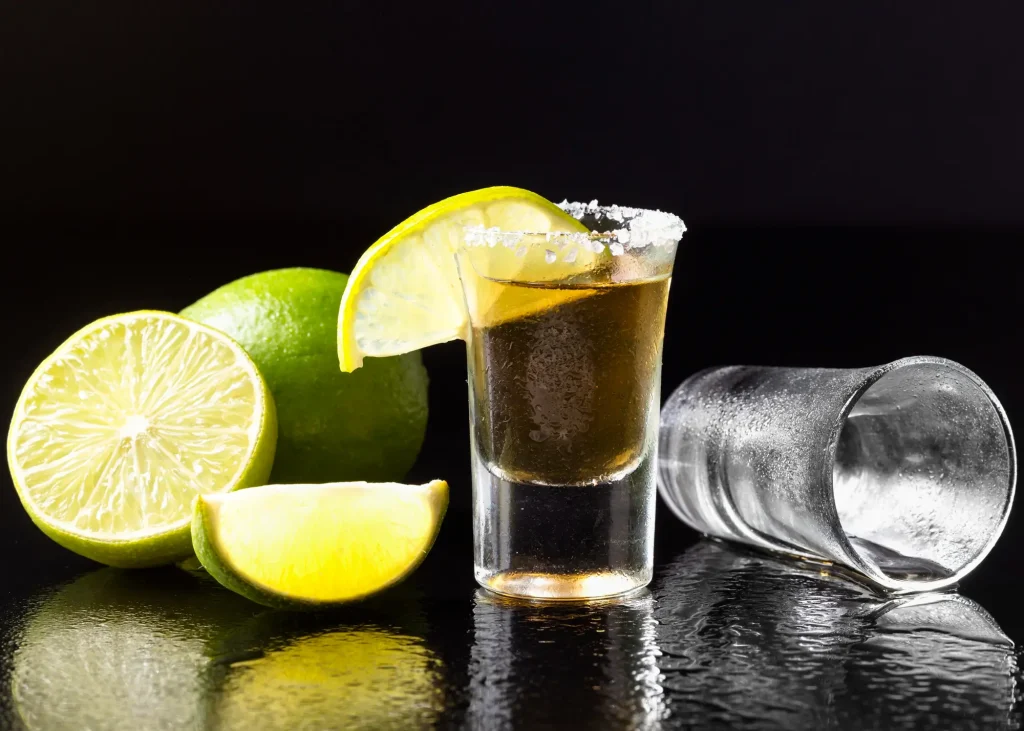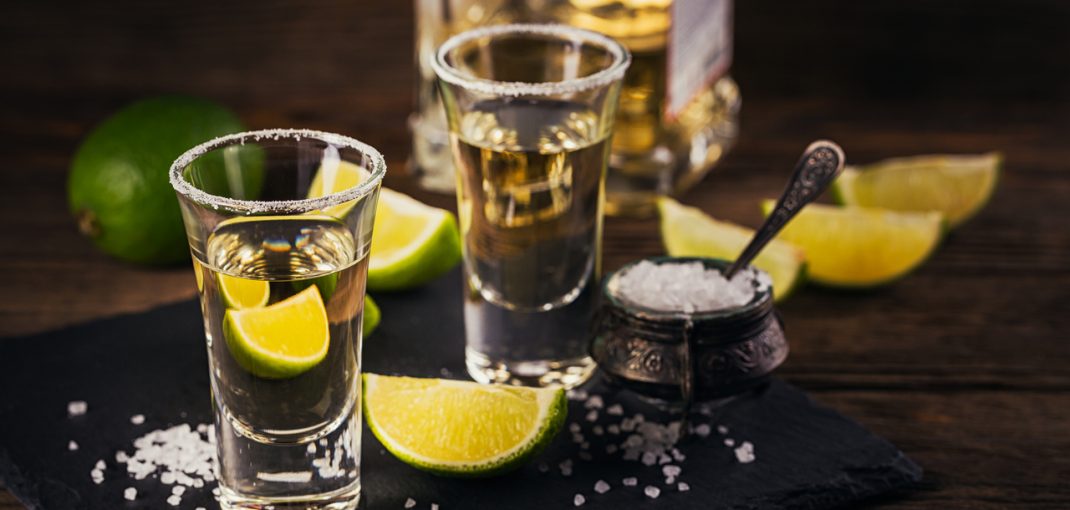Tequila has long been connected to wild nights out and boisterous college parties. But this mysterious spirit is much more than shots and mixed drinks. Let’s explore the intriguing world of tequila and learn about its varied flavors, lengthy history, and intriguing manufacturing methods. Join us as we embark on a captivating journey that will leave you thirsting for more knowledge about this enchanting beverage.
The Origins of Tequila
Tequila originates from the lands of Jalisco, Mexico, where the agave plant thrives in the sun-soaked fields. For centuries, the indigenous people of Mexico have been harvesting and fermenting agave to create a potent elixir that embodies their cultural heritage and traditions.
It is thought that the indigenous inhabitants invented the fermenting and distillation methods used to make tequila long before the Spanish invaders arrived. These indigenous groups, like the Aztecs, used the agave plant for ceremonial and medicinal purposes, as well as for other purposes. They saw it as a holy gift from the gods. But in order to create spirits that resembled what we now know as tequila, the Spanish colonists brought distillation to the Americas in the sixteenth century.
Gradually, tequila developed into a more sophisticated and recognized Mexican product, safeguarded by Denomination of Origin laws. Nowadays, tequila is consumed all over the world as a representation of Mexico’s rich cultural legacy and to please palates with its unique flavor.
From Plant to Bottle: The Art of Tequila Making
Tequila-making is a painstaking process that requires time and talent. Skilled jimadors gather the piñas, or hearts, of the blue agave plant and toast them to extract their delicious nectar. A range of flavors and scents that entice the senses are produced by carefully fermenting, distilling, and aging the extracted juice.
After harvesting, the piñas are taken to the distillery to be cooked. To turn the starches into sugar, the piñas are cooked slowly in enormous furnaces known as autoclaves or ancient stone ovens. Stone ovens produce a more traditional and complex flavor, whereas autoclaves employ steam to expedite the cooking process.
The sweet juice, called aguamiel, is extracted from the piñas by crushing them after heating. After extraction, the juice is moved to fermenting tanks.
The aguamiel is placed in huge stainless-steel tanks and allowed to naturally ferment for a few days. Yeast is added during fermentation in order to convert carbohydrates into alcohol. The intended flavor profile determines how long to ferment a tequila for; lengthier fermentations produce tequila that is bolder and more complex.
The fermenting liquid is subsequently distilled. Heating the fermented liquid during the distillation process causes the alcohol to evaporate and separate from contaminants. Tequila is produced as the liquid-vapor rises through the still, cools, and condenses. To refine and purify the spirit, perform this practice multiple times.
Certain tequilas undergo aging to improve their flavor and character following distillation. After distillation, Blanco tequila is immediately bottled and is not aged.

Exploring Tequila Varieties
There are several varieties of tequila, and each makes for a distinctive drink. There is a tequila type to please every palette, ranging from the bright and fruity flavors of blanco to the earthy and powerful undertones of añejo. Enthusiasts can gain an appreciation for the depth and variety of this esteemed spirit by investigating these various manifestations.
Here are some of the main categories:
- Blanco (Silver) Tequila: This is the unadulterated variety, either not aged at all or aged for less than two months. It looks transparent and tastes strongly like agave. Blanco tequilas are a popular option for tequila novices and are frequently used in cocktails.
- Tequila called reposado, which translates as “rested” in Spanish, is matured for at least two months but not more than a year in oak barrels. The maturing procedure gives the tequila a pleasant and mellow flavor. The flavor of agave and the effect of wood are balanced in reposado tequilas.
- Añejo Tequila: Añejo means “aged” in Spanish and this type is matured for a minimum of a year in oak barrels. Añejo tequilas have a rich and complex flavor profile with notes of caramel, vanilla, and spices. The longer aging period gives them a smoother and more refined taste.
- Extra Añejo Tequila: This is the newest category of tequila, introduced in 2006. Oak barrels are used to age Extra Añejo tequilas for a minimum of three years. Their hue is a rich amber and their texture is silky and full-bodied. Dark chocolate, toasted wood, and dried fruits are common characteristics found in Extra Añejo tequilas.
Savoring Tequila: A Journey for the Senses
Beyond the sound of glasses clinking and the heat from a shot, tasting tequila is a multisensory, immersive experience. Every taste reveals a tale of skill and devotion, from the aroma of roasted agave and wood to the thick, velvety texture that envelops the palate.
Look at the tequila in your glass for a moment before you take the first drink. Take note of its viscosity, color, and clarity. The smooth surface of a high-quality tequila should reflect light, making it clear and bright. The amount of alcohol and richness in the glass can be determined by looking at the legs or tears that form on it.
The aroma of tequila is complex, and diverse, and can vary based on factors like production methods, aging process, and the type of agave used and subject to change depending on agave variety, aging procedure, and production techniques. Inhale deeply and attempt to record the various notes. You might smell earthy or herbal notes mixed with fruity ones like pineapple, lemon, or apples. Depending on the type of tequila, the aromas might be mild or strong and offer you a hint of the flavors you’re going to encounter.
Now comes the moment you’ve been waiting for – tasting the tequila. Take a small sip and let it cling to your tongue so the flavors can develop. The taste of agave, the plant that gives tequila its flavor, may first appeal to you. Notes of vanilla, caramel, or even chocolate may come through as you drink, adding to the drink’s complexity. Its finish, which lingers in your senses, can be either hot and peppery or smooth and comforting.
Tequila invites us into a world of complexity and depth that surpasses its stereotyped connotations. By embracing the multifaceted nature of tequila, we embark on a journey that tantalizes the senses and enriches our lives. Let’s toast to the charm of tequila, where each sip narrates a tale and each instant is infused with an air of adventure. We toast to the tequila stories that transport us past shots and into the twilight.






